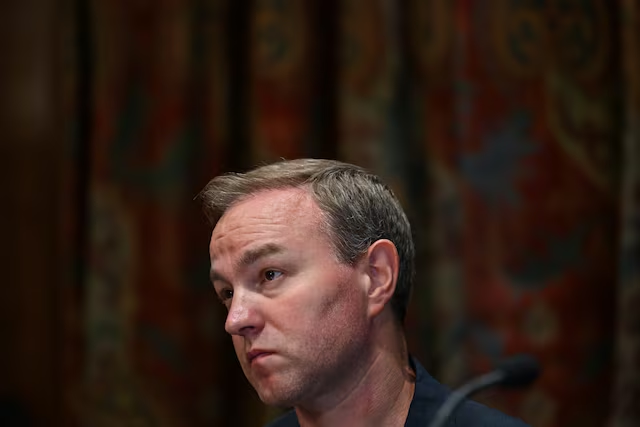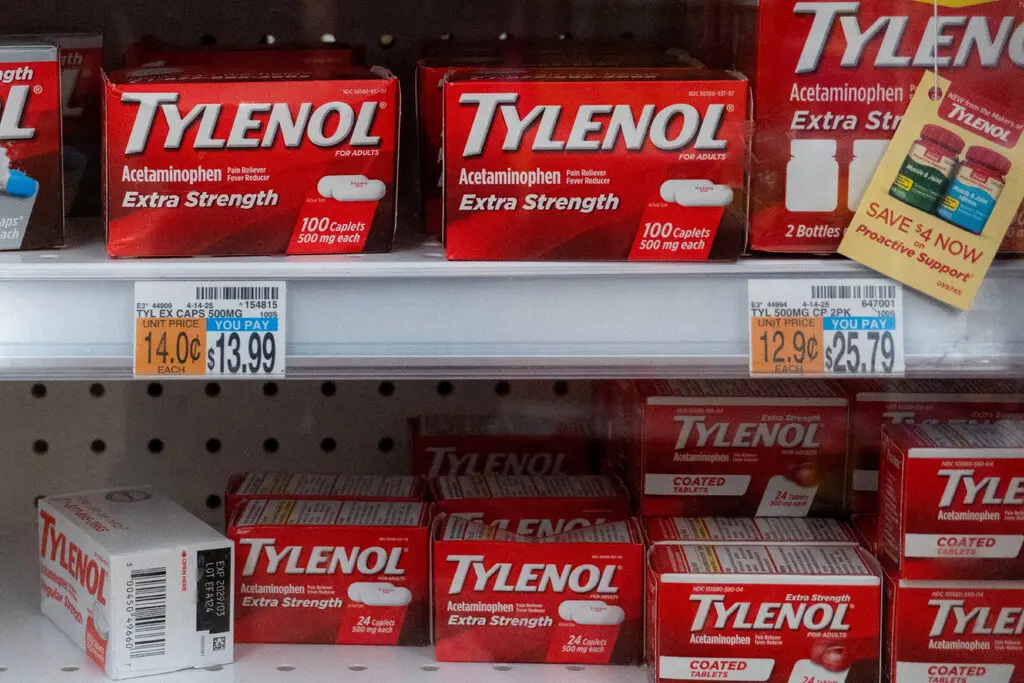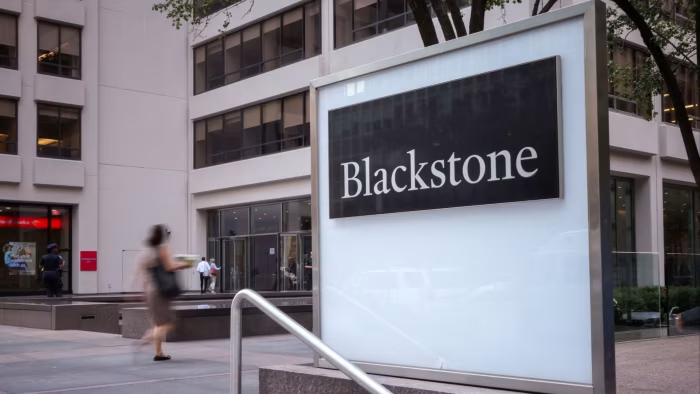Tom Hayes, the former UBS and Citigroup trader who was exonerated of charges related to the global LIBOR scandal, has filed a lawsuit against his former employer UBS seeking more than $400 million in damages. Hayes claims that the bank wrongfully made him the scapegoat for the manipulation of the London Interbank Offered Rate (LIBOR) to protect senior executives and avoid regulatory consequences.
The lawsuit, filed in state courts in both Connecticut and New York, alleges that UBS intentionally misrepresented Hayes’ role in the scandal to deflect responsibility from its leadership. According to Hayes, the bank’s strategy damaged his career, reputation, and personal life, causing significant emotional and physical distress. He argues that UBS’s actions were calculated to shield the institution from further scrutiny after it paid over $1.5 billion to settle regulatory charges related to the LIBOR case in 2012.
Hayes’ legal battle follows a series of exonerations. In July 2025, the UK Supreme Court overturned his 2015 conviction for conspiring to defraud by manipulating LIBOR rates, citing flawed jury instructions. The U.S. government also dismissed its case against him in 2022, clearing the path for Hayes to seek compensation for the years of legal and personal turmoil caused by the allegations.
Financial experts and legal analysts say the outcome of this lawsuit could have broader implications for corporate accountability and the treatment of individual employees in high-profile financial scandals. The case raises questions about how banks manage internal responsibility, the fairness of prosecuting individual traders, and the potential for restitution when institutions act to deflect blame.
Hayes’ suit seeks to hold UBS accountable for what he describes as a systematic effort to scapegoat him while shielding higher-level executives. Observers note that a successful case could set a precedent for other exonerated individuals who were caught up in complex financial litigation and regulatory enforcement actions.













Leave a Reply